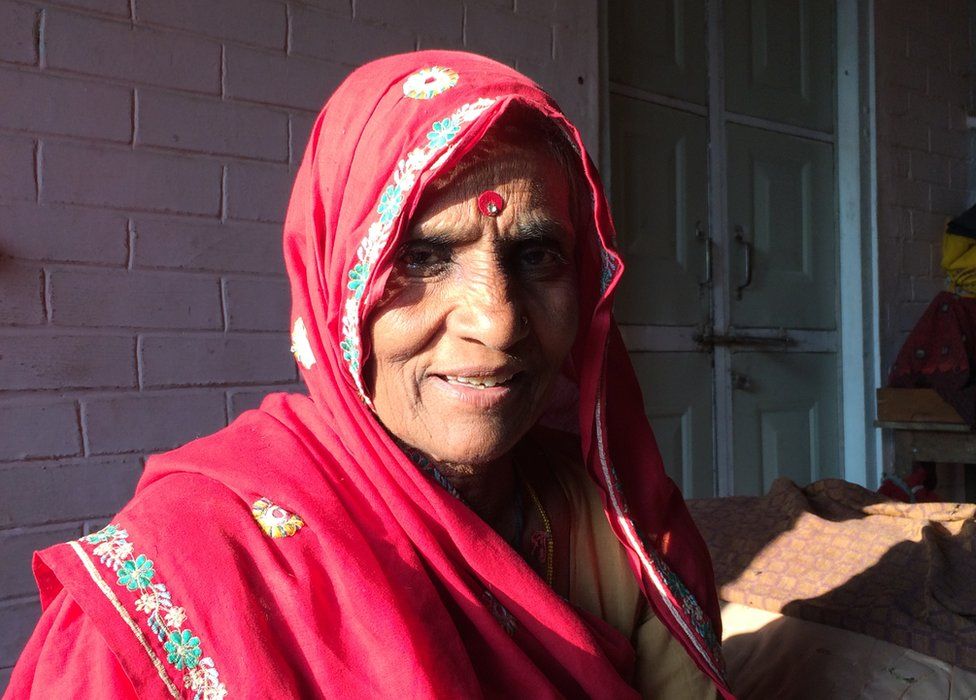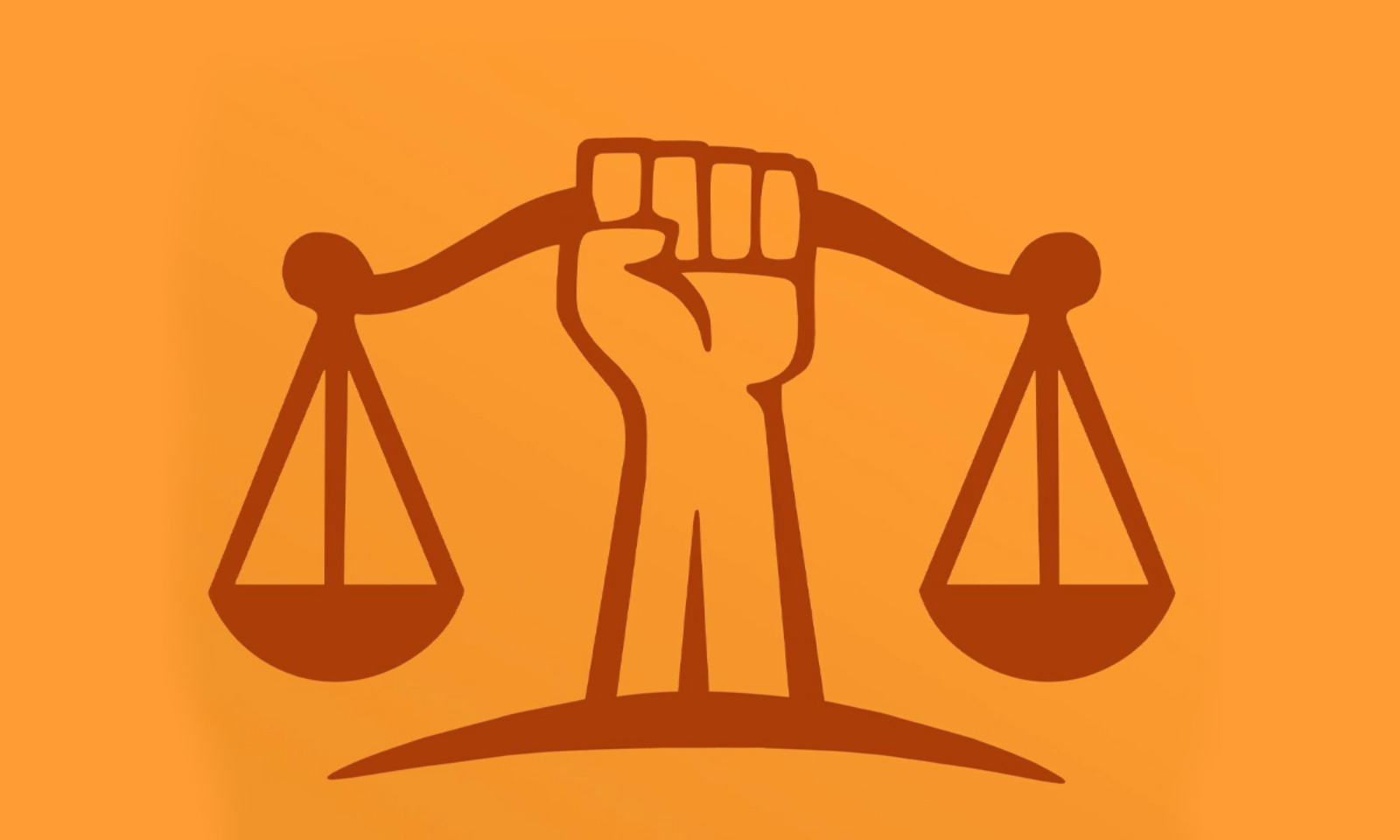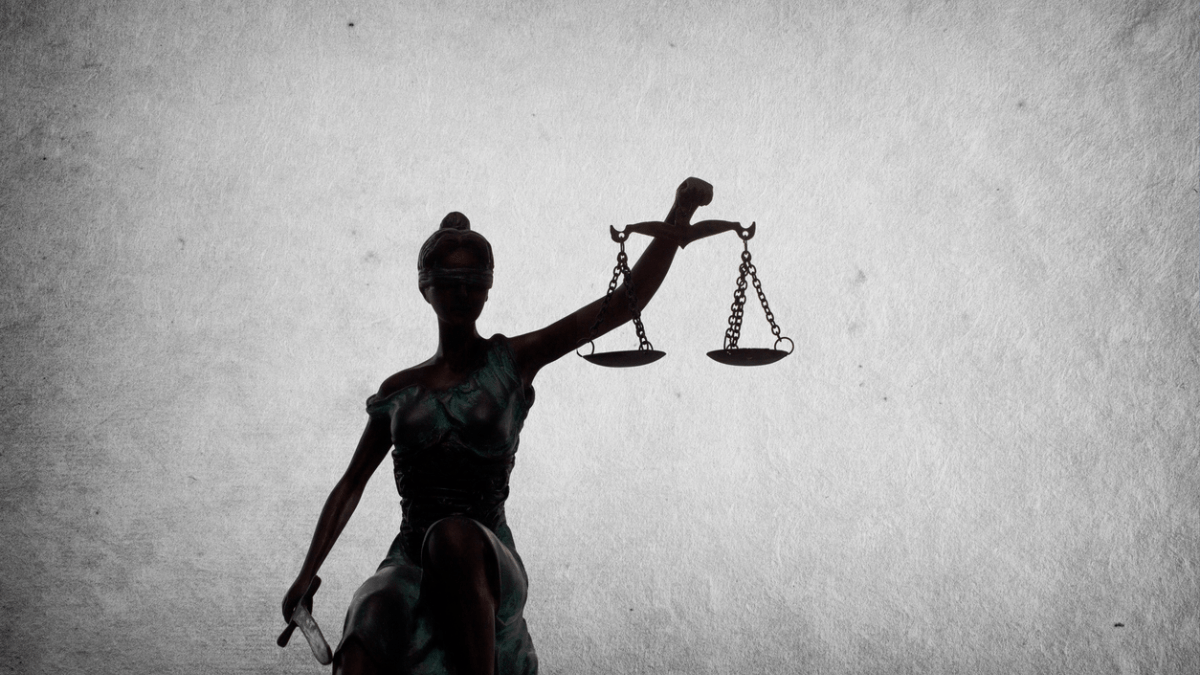Some years ago, a corruption case of an IRS officer was going on in the High Court of Uttarakhand. While presenting the arguments, the CBI lawyer stated, ‘Your Lordship! This is a common practice: the officers take bribe and then attribute their black money to their wives’ income through a boutique or tuition…‘ The Justice, who was hearing the matter quietly till then, suddenly interrupted him, ‘No no sir. Please don’t use such language in my Court. How are you asserting that all officers are men? Look around you in this courtroom- young women are watching you, what message will they take from this. Please use the term spouse in place of wife.’ The usage of the term spouse or wife was not going to make any difference in the outcome of the case, as the officer concerned was indeed a man. Still, the Justice made a strong statement by underscoring the importance of stereotypes propagated through language, even when used casually or without malice.

The Supreme Court of India has recently released a concise yet comprehensive document regarding stereotypes, titled as the Handbook on Combating Gender Stereotypes. It explains what stereotypes are and how these conscious and unconscious biases are ‘often internalised and ingrained in our thinking due to societal, cultural, and environmental conditioning‘ thereby clouding our thought and reasoning process. The booklet explains how stereotypes in the legal system, by interfering with the basic tenets of our Constitution like equality and the process of justice, can be even more disastrous than in the general society, and hence cause enormous harm.
With a foreword by the Chief Justice of India Dr. Justice D.Y Chandrachud, the Handbook starts with discussing stereotypes in general and gender stereotypes in particular, with an especial focus on stereotypes concerning men and women. For fighting stereotypes in the judiciary, the Handbook proposes a three pronged strategy: ‘identifying language that promotes gender stereotypes and offering alternative words and phrases; then identifying common reasoning patterns that are based on gender stereotypes (particularly about women) and discussing why they are incorrect; and finally, highlighting binding decisions of the Supreme Court of India that have rejected these stereotypes and can be utilised by judges to dispel gender stereotypes‘.
With a foreword by the Chief Justice of India Dr. Justice D.Y Chandrachud, the Handbook starts with discussing stereotypes in general and gender stereotypes in particular, with an especial focus on stereotypes concerning men and women.
The booklet also stands out for the fact that it formally acknowledges the theoretical concept that words, even when they do not bring about a substantial difference, do matter. As per the CJI in the Foreword, ‘Even when the use of stereotypes does not alter the outcome of a case, stereotypical language may reinforce ideas contrary to our constitutional ethos.’

The booklet aims to be a guide for judges, lawyers and the legal fraternity to understand what biases are and how they function. According to J. Chandrachud, ‘reliance on stereotypes about women is liable to distort the law’s application to women in harmful ways‘, thereby defeating the principle of equality enshrined in our Constitution. It is also acknowledged in the booklet as far as the judicial system is concerned, it is important to not only avoid relying on stereotypes in writing and reasoning, but also to ‘actively challenge and dispel‘ them, and that ‘legal reasoning and writing‘ should be ‘free of harmful notions about women‘. Research has shown that stereotypes can be overcome by ‘(i) recognising that we hold certain implicit biases or rely on certain stereotypes; and (ii) making a conscious and deliberate effort to overcome or resist the implicit bias or stereotype.‘
However the biggest and most unique highlight of this Handbook lies in providing a set of ‘alternative language‘ that should preferably be used in place of the ‘gender-unjust terms‘ that are used commonly in the legal parlance. Some such noteworthy gender-unjust words and their preferable replacement are ‘relationship outside of marriage‘ in place of affair; ‘sex assigned at birth‘ in place of ‘biological sex/male/ female‘; woman for ‘career woman‘ and ‘fallen woman‘; mother for ‘unwed mother‘; wife for ‘dutiful wife‘; homemaker for ‘housewife‘; menstrual products for ‘feminine hygiene products‘; etc.

Apart from preferable replacement for gender-unjust words, the Handbook also lists some common stereotypes of our society and the reality of the situation. To cite on example- the stereotype is ‘Unmarried Women (or young women) are incapable of taking important decisions about their life‘. The reality for this is as follows- ‘Marriage has no bearing on an individual’s ability to take decisions. The law defines specific ages for persons to consent to certain activities, e.g., marriage or consuming alcohol, and all individuals of or above this age are deemed to be capable of taking such decisions irrespective of marriage‘.
Marriage has no bearing on an individual’s ability to take decisions. The law defines specific ages for persons to consent to certain activities, e.g., marriage or consuming alcohol, and all individuals of or above this age are deemed to be capable of taking such decisions irrespective of marriage
Handbook on Combating Gender Stereotypes
What is striking is that many of stereotypes mentioned are cited from judgments of various high courts and lower courts of India, without making any undue effort to unnecessarily protect the Indian judiciary which has been infamous for not being very inclusive, especially the lower courts. However, no blame is tried to be put upon anyone as it is acknowledged in the booklet, ‘the intention is not to criticise or cast doubt on past judgments but merely to show how stereotypes may unwittingly be employed.’
The document is also noteworthy due to various other observations, like the following: The booklet acknowledges the presence of gender identity on a ‘spectrum‘ that ‘can evolve over time‘ rather than restricting itself in a black and white binary notion of gender. It is clearly mentioned in the book that while it deals with stereotypes concerning only man and woman, stereotypes can exist for any of the genders.

Moreover, in the foreword itself, J. Chandrachud mentions the necessity of delivery of equal and impartial justice to ‘individuals of all genders‘. Also, the pronoun used with context to a gender neutral term like student and person is not he, or she or she/he or (s)he but they/ their, which itself is very timely appearing in an official Indian document, considering its commonness all around us.
Further, the booklet recognises instances of everyday sexism, ‘a term used to denote the little things, said or done in a moment, that play into stereotypes of gender‘. For example, duties of organising office-events/ buying stationery being assigned to female employees; or that girls and women like the colour pink.
Further, the booklet recognises instances of everyday sexism, ‘a term used to denote the little things, said or done in a moment, that play into stereotypes of gender‘. For example, duties of organising office-events/ buying stationery being assigned to female employees; or that girls and women like the colour pink. This assumes importance, as these instances of everyday sexism are often ignored in the scheme of ‘bigger issues‘.
Moreover, two sets of reality mentioned to counter the stereotypes are worth mentioning- first, that all women want to have children. The reality is written thus- ‘All women do not want to have children. Deciding to become a parent is an individual choice that every person takes based on a variety of circumstances‘. Second, the importance of household work is recognised in a big way: women who work outside the home and raise children are said to have been doing a ‘double duty‘, who are ‘not less competent in the workplace‘. Also, it is mentioned, ‘Women who are homemakers contribute to the household to an equal (or greater) extent. Their contributions are often overlooked because men are conditioned to believe that such work is of limited value‘.

Perhaps one of the biggest achievements of this booklet in the fact that it recognises that even when judges reach a correct outcome, using of stereotype reasoning or language ‘undermines the unique characteristics, autonomy, and dignity of the individuals before the court‘. This then ‘has the effect of entrenching and perpetuating stereotypes, creating a vicious cycle of injustice‘. A judgment of a High Court is cited for highlighting this issue- ‘As a devoted wife, it was no doubt (the wife’s) duty to get up before her husband was to leave for work, but if she did not, the husband was not entitled to beat her. Likewise, as the dutiful wife, she should have respected the wishes of her husband as to the particular clothes to be put on a particular occasion. But if she did not, again, the husband had no right to beat her.’
Perhaps one of the biggest achievements of this booklet in the fact that it recognises that even when judges reach a correct outcome, using of stereotype reasoning or language ‘undermines the unique characteristics, autonomy, and dignity of the individuals before the court‘
Stereotypes concerning sexual violence and rape are specifically dealt with in depth. Right from the incorrect notion of provocative clothing to the mistaken belief that rape taints the honour of the victim/ survivor, stereotypes are challenged, as are stereotypes about raping a sex-worker; and that women who do not cry incessantly or are not depressed or suicidal are lying about being raped, among others.
Strikingly, an agency over body is assigned to men to challenge the stereotype that men are unable to control their sexual desires. Ironically, agency of body is most often ascribed with relation to a woman’s control of choices regarding her body. Further, Bhanwari Devi’s rape case is cited as a textbook example of stereotypes with biases of patriarchy and caste openly at play, where the trial court while acquitting the perpetrators of rape stated- ‘(i) members of a dominant caste would not rape a woman from an oppressed caste; (ii) men of different castes would not participate in a gang rape; (iii) older men aged 60-70 cannot participate in a gang rape; and (iv) it was improbable that a woman could be raped in the presence of her husband‘.

This proves how our (un)conscious biases can indeed have disastrous consequences for the legal delivery system. Speaking of caste, although the stereotypes surrounding castes are not discussed specifically in the booklet, however, with respect to the caste based stereotypes and (un)conscious biases, the terms used are oppressed castes and oppressor castes. Commonly used terms like forward/ backward castes or dominant/ subdued castes etc, which themselves promote a stereotype, are totally avoided.
Speaking of caste, although the stereotypes surrounding castes are not discussed specifically in the booklet, however, with respect to the caste based stereotypes and (un)conscious biases, the terms used are oppressed castes and oppressor castes.
Finally, in the end, prominent Supreme Court judgments that have ushered in watershed changes in our society are listed. Cases like that of Joseph Shine in which the offence of adultery was struck down; rejection of the two finger test for rape victims/ survivors; upholding the credibility of a survivor/ victim; issue of delay in filing FIR for cases of sexual violence; and issue of absence of physical injuries after sexual violence are discussed. This not only celebrates the achievements of our Apex Court but also reiterates the institution’s stand on these issues, perhaps as a reminder for the lower courts.
The Handbook on Combating Gender Stereotypes, although being of only 30 pages, is an important landmark in the legal as well as feminist history of India that has the capacity for great ramifications in the future. It is a tool for many lawyers who have had to use gender-unjust words regardless of knowing they were inappropriate, just because they were accepted and prevalent in the legal fraternity.
However, the biggest question that remains to be seen is that how will this Handbook translate on the ground, in the lower rungs of the judiciary? While the Supreme Court of India has constantly upheld, at least in the recent past, women’s rights and rejected patriarchy in its judgments, various high courts and lower courts routinely pronounce controversial orders like the practice of the two finger test, which the Supreme Court has needed to denounce many times; and other forms of patriarchy which remains firmly ingrained.

In addition to the other accepted forms of stereotypes in Indian society like caste and patriarchy, with the rapidly changing sociopolitical economic scenario, newer and newer forms of stereotypes may enter our society and collective conscious; like that with same-sex relationships, economic divide and artificial intelligence. Further, in the present times, stereotypes surrounding religion are also influencing our society to an unimaginable degree, with sometimes even the judiciary falling a prey to it. In such a scenario, the Handbook on Combating Gender Stereotypes should not be the only but be the first in a series of documents around stereotypes that should also be legally enforceable in our courts, and not just remain directory in nature.




